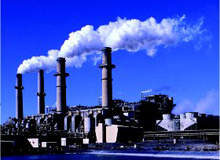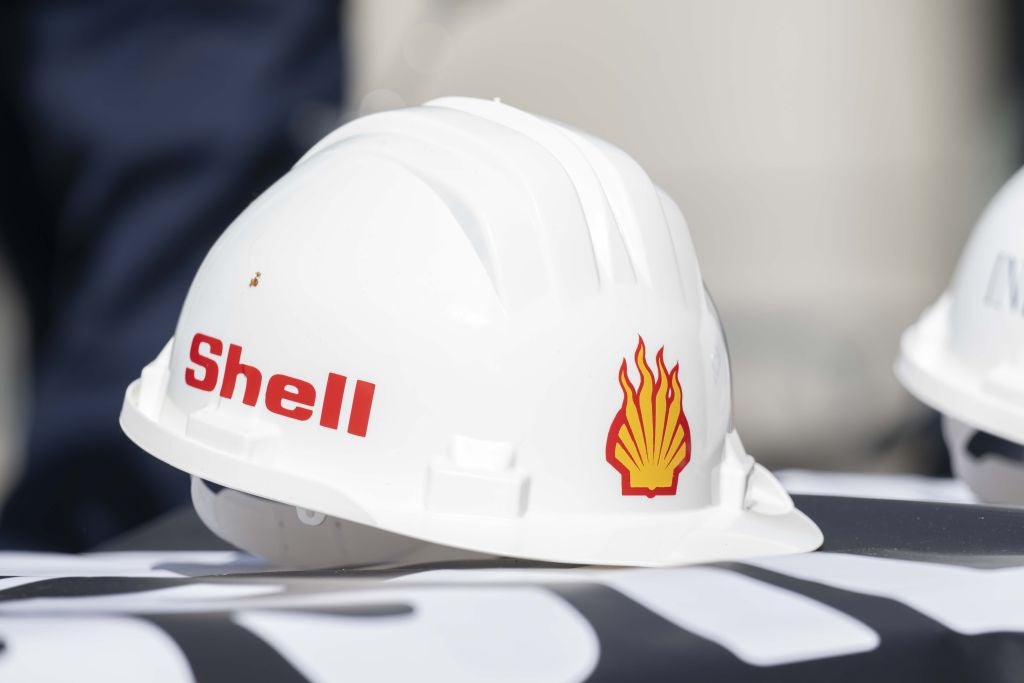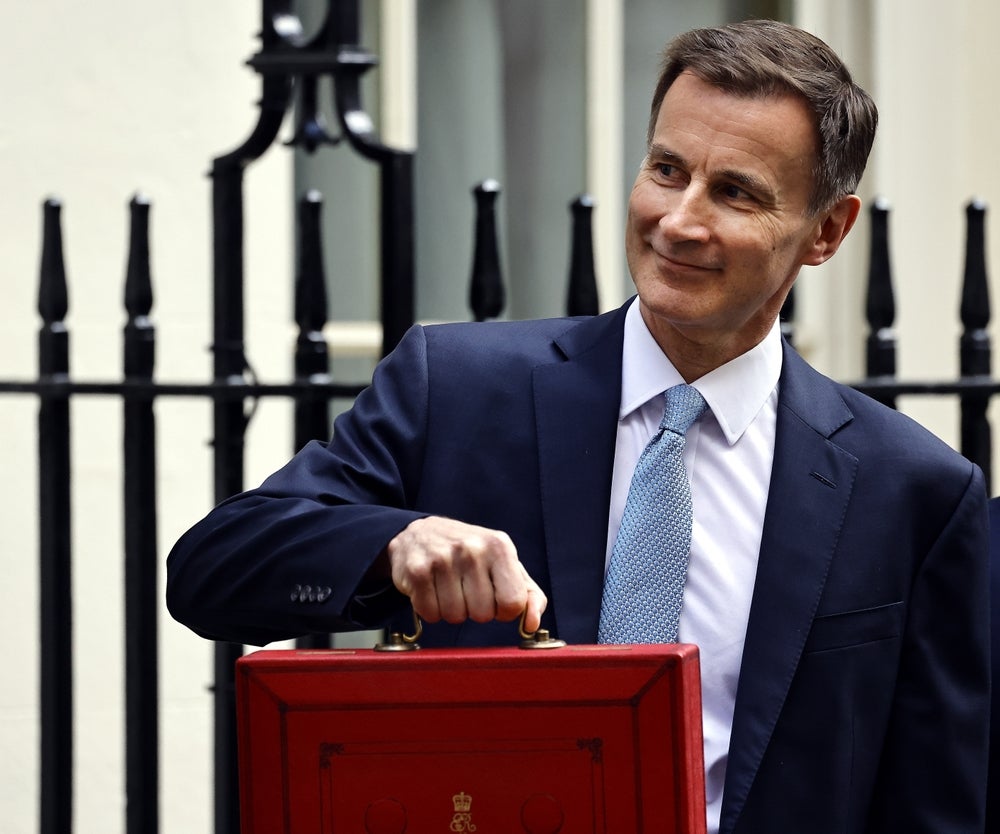
The EU is an important player in the new energy age. It is part of the
energy problem, and it is also part of the solution. The EU’s energy
consumption is growing, and this contributes to climate change. However, it is
also active and progressive in tackling climate challenge.
I see four key drivers that will shape the future of energy and determine
what we might call the ‘solution envelope’ for the next 50 years. They are the
growth in demand for energy, the challenge of energy supply, concerns about
energy security and the reality of environmental constraints, particularly
climate change.
ENERGY DRIVERS
Total demand for energy worldwide has risen by around 15% during the 21st
century so far. This is due to growth in the global population and rapid growth
in the Chinese, Indian and other emerging economies. Most forecasts project
global energy demand growth of some 60% between 2002 and 2030.
Electrical power generation will remain a component of energy demand growth.
Electrical power will continue to account for around 40% of our primary energy
needs, twice as much as transport.
See Also:
By 2030, the world will use well over 50% more electrical power than it does
today. However, perhaps 40%–50% of the power capacity required by 2030
has yet to be built. The power generation choices we make over the next few
years will therefore be highly significant, both for the future energy mix and
in terms of tackling climate change.
How well do you really know your competitors?
Access the most comprehensive Company Profiles on the market, powered by GlobalData. Save hours of research. Gain competitive edge.

Thank you!
Your download email will arrive shortly
Not ready to buy yet? Download a free sample
We are confident about the unique quality of our Company Profiles. However, we want you to make the most beneficial decision for your business, so we offer a free sample that you can download by submitting the below form
By GlobalDataOfficial data suggests that our current conventional oil reserves will last
for about 40 years. Our natural gas reserves are expected to last 70 years at
current production rates. Beyond this, we are confident that new reserves of
oil and gas will be found and developed.
With coal, the ratio of reserves to production is much greater. We have at
least 160 years of reserves at present. Some estimates suggest that new coal
reserves could last for 1,000 years – no one has yet gone seriously
exploring for coal.
There is no immediate shortage of global hydrocarbon resources. However,
there is another cause for concern: resources are not necessarily located where
the demand is greatest. This is certainly true for oil and gas.
There is widespread concern about energy security. Future demand for oil and
gas will be broadly concentrated in three main areas: the US, European and
giant Asian economies. Meanwhile, conventional oil and gas supply will
increasingly come from four different areas: the Middle East, Russia and the
Caspian, West and North Africa, and Latin America.
The situation with coal is different: 64% of coal reserves are found in the
three largest areas of consumption. These facts underline the continuing
importance of a reliable international environment for energy trade and
investment.
The final driver of our energy future is climate change. The economics of
climate change have been extensively analysed, and most recently and
comprehensively brought together by Sir Nicholas Stern in his review for the UK
government.
BP concurs with the overall message of his work: that climate change caused
by human activity is real and will have far-reaching consequences; that urgent
action is required to mitigate climate change; and that the cost of early
climate change mitigation will be substantially lower than the cost of doing
nothing. The Stern report looks set to have a powerful impact on public
opinion, as will former US vice-president Al Gore’s remarkable film An
Inconvenient Truth.
ACTION ON CLIMATE CHANGE
The existence of climate change is no longer an issue. What is needed now is
not diagnosis but action. My own conviction is that technology and appropriate
public policies lie at the heart of all the potential solutions to the
challenges we face and that all of them have a vital European dimension. There
is no ‘silver bullet’. Governments, international agencies, the EU and the
private sector all have vital contributions to make.
Any successful response to the challenges of the new energy age will need to
achieve progress on several key goals. The first goal is to make our current
markets work as effectively as possible. Properly functioning energy markets
are fundamental to energy security, economic competitiveness and the efficient
use of resources to address climate change. The second key requirement is to
create a level playing field for all low- and zero-carbon energy technologies
and solutions.
To achieve these goals, a stable long-term investment environment needs to
be created that will encourage and reward the desired shift towards
lower-carbon energy and the technologies that underpin that shift. This
requires a clear and credible signal on the future price of carbon, which means
setting long-term, progressive and realistic targets for CO2 reductions and
giving consistent support to market mechanisms that establish the carbon
price.
Europe has already established the first regional market pricing mechanism
for carbon through its Emissions Trading Scheme (ETS). In due course, the ETS
could become one part of a linked system of regional and global carbon
markets.
BP accepts the need for long-term and progressive CO2 targets, a viable
carbon market and technological development. It also supports long-term need
for low-carbon energy in the EU energy mix. Unfortunately, the ETS is in
imminent danger of losing credibility. The oversupply of allowances is killing
the market.
National Allocation Plans (NAPs) need to reflect reality and to be matched
to progressive reductions in carbon intensity reaching out far beyond 2012 if
they are to provide a basis for long-term investment and business planning
through to 2030.
Partial auctioning of allowances should increasingly come into the picture,
to ensure a credible economic incentive for real carbon savings.
FAR-REACHING APPROACH
Given the scale of the challenge we face, all of the available solutions to
climate change will probably be needed. Our approach to low- and zero-carbon
energy technologies should be inclusive and not rule out any options. In due
course, the emerging carbon price should determine economic and technological
choices in each market.
At this stage it is important not to pick winners. However, it is crucial
that solutions with potential are not hindered and can progress to economic
scale. These must include, in my view, advanced biomass and biofuels, carbon
capture and storage, and nuclear fission.
Technology and innovation will, of course, benefit from focused and
effective research and development. Europe needs to dedicate more resources to
energy research, development and deployment.
Energy efficiency is perhaps as near as we can get to a ‘silver bullet’
because it simultaneously improves security of supply, assists with climate
change and enhances the competitiveness of Europe. Energy efficiency can and
should be strongly incentivised on an equivalent basis to low- and zero-carbon
forms of energy supply.





